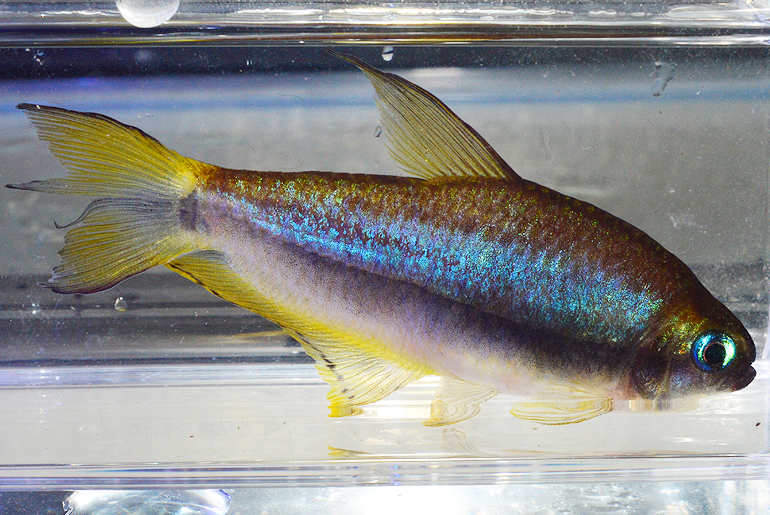This fish was originally imported from Columbia and saw much interest in the aquarium hobby during the 1960s. Even today it is still very common to find in local stores though they don’t look exactly like their wild-caught counterparts. They have become domesticated and the breeders have had a very long time to work with exemplifying certain traits. Aquarium breeders bring out more colorful traits through selecting the most colorful offspring and breeding them, resulting in an even more intensely colored offspring.
Determining Gender
Determining a male and female is easy for Emperor tetras because they have what is called Sexual Dimorphism. That may seem like a fancy term but it simply means we can determine male and female by their body morphology and certain traits.
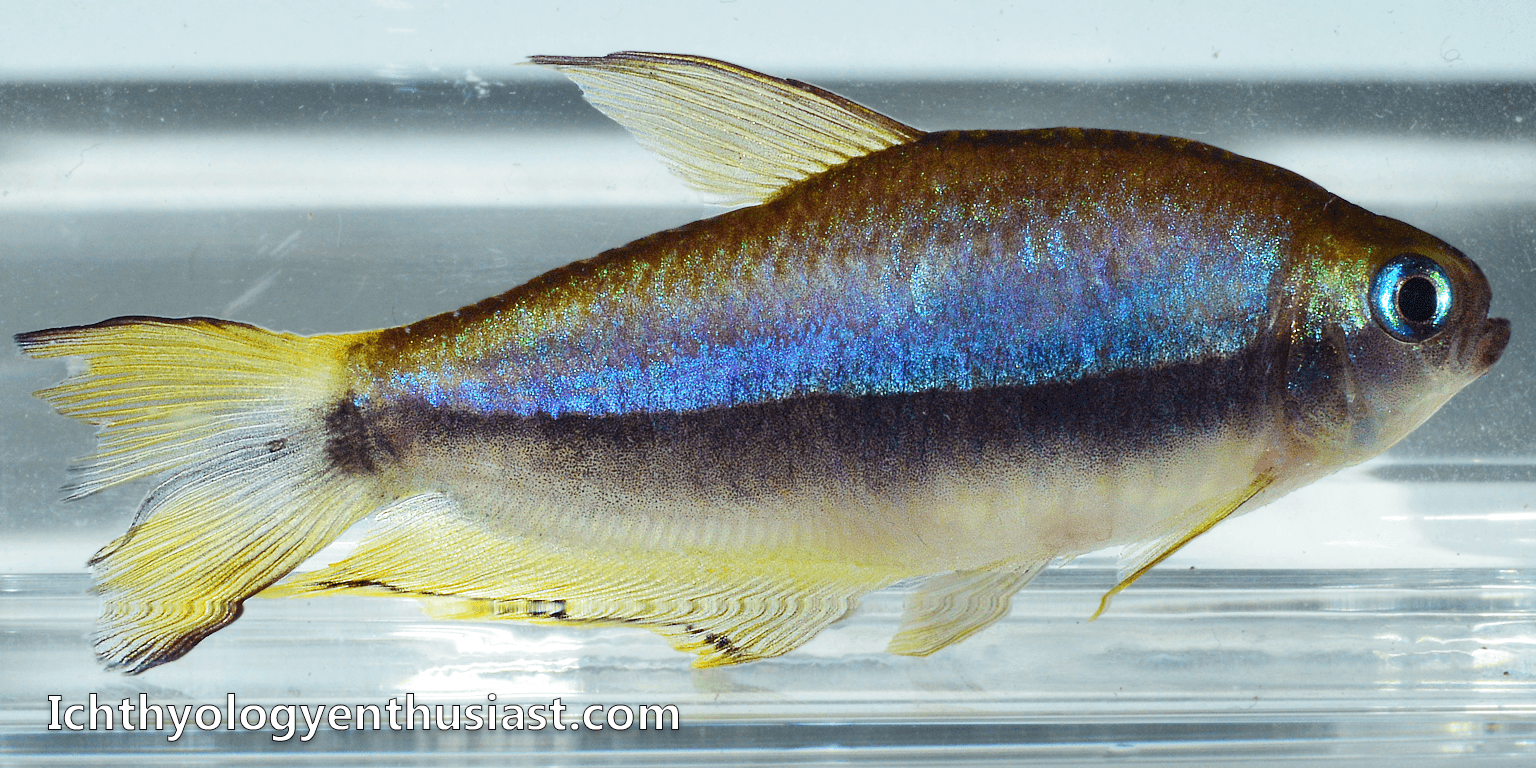


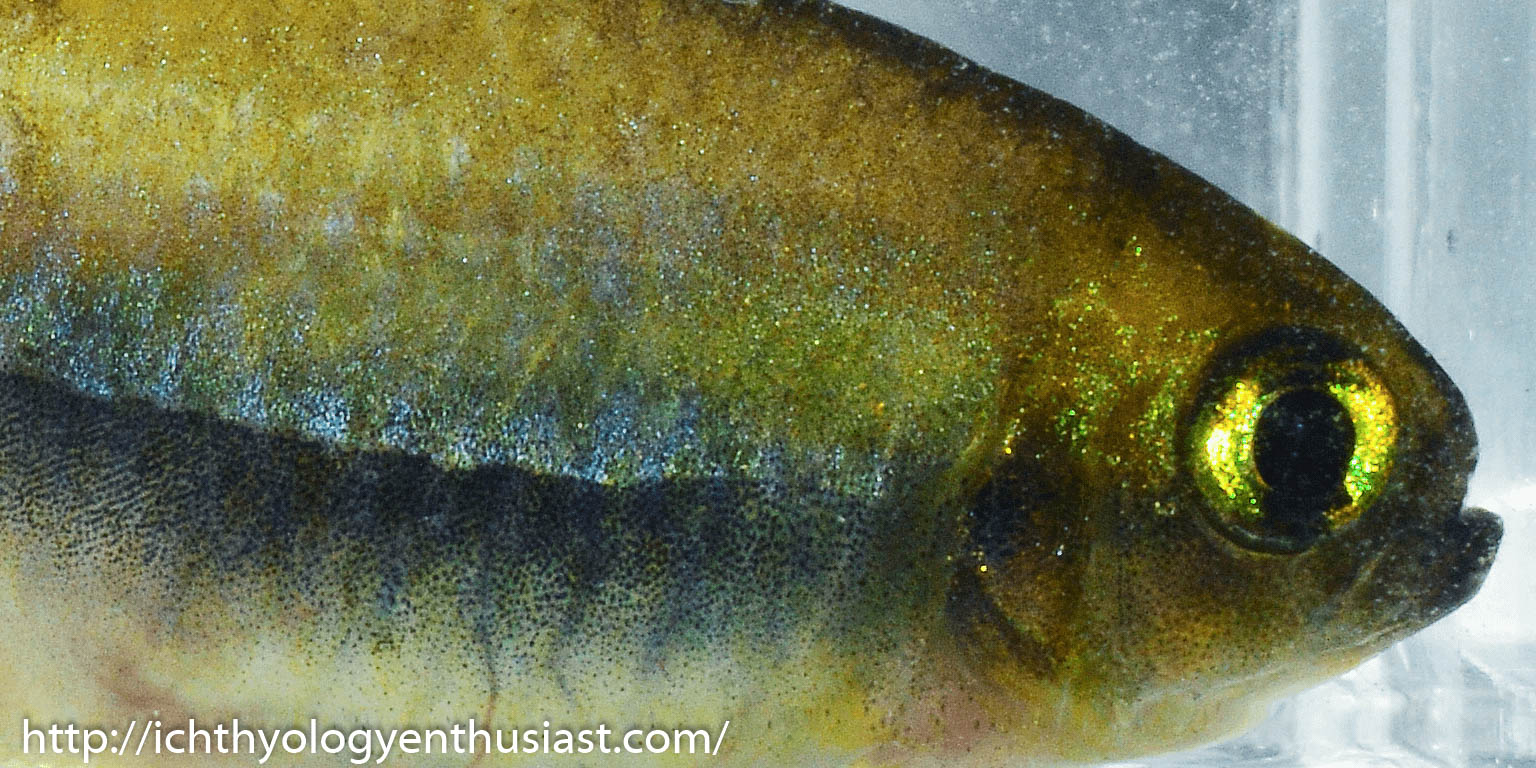

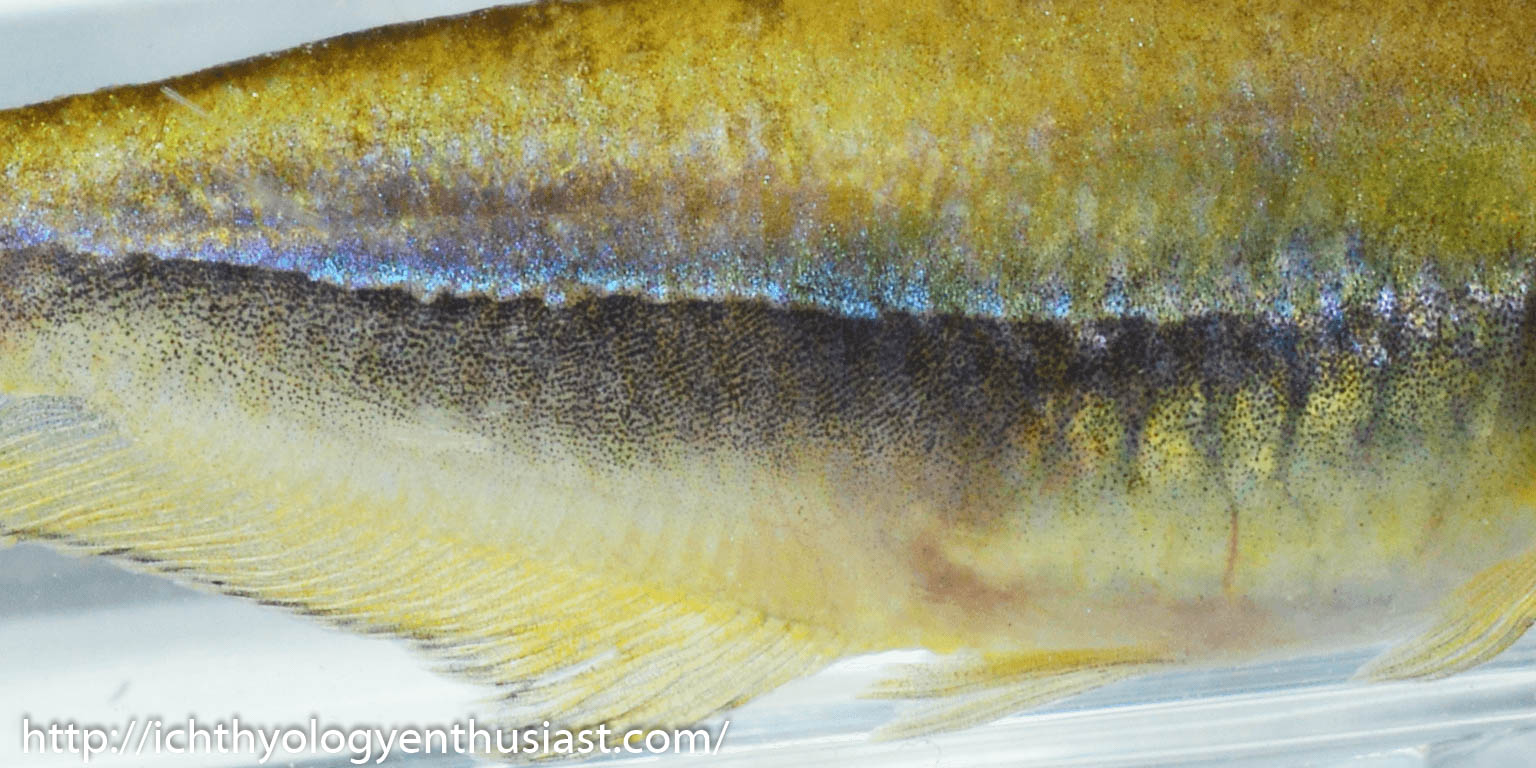
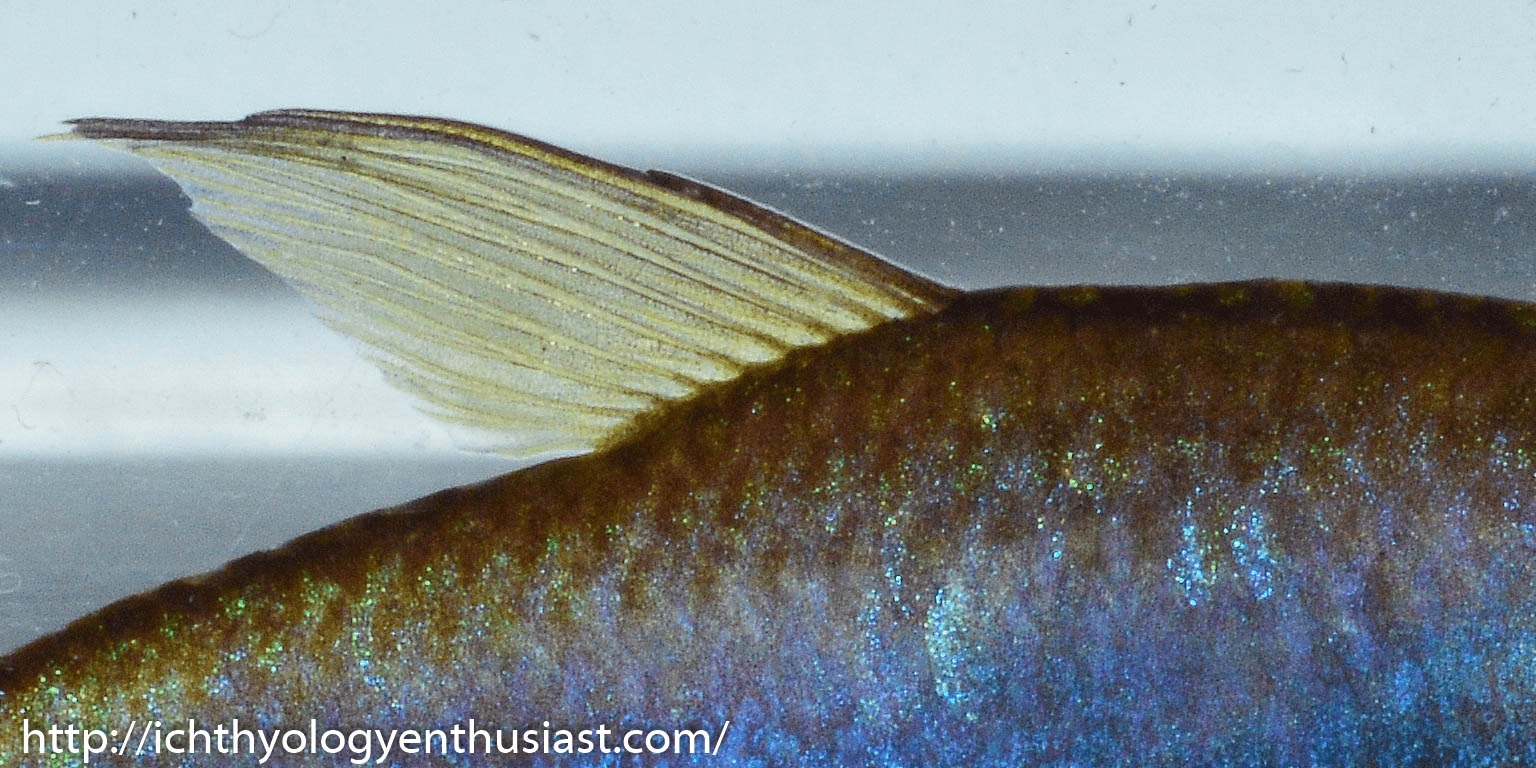
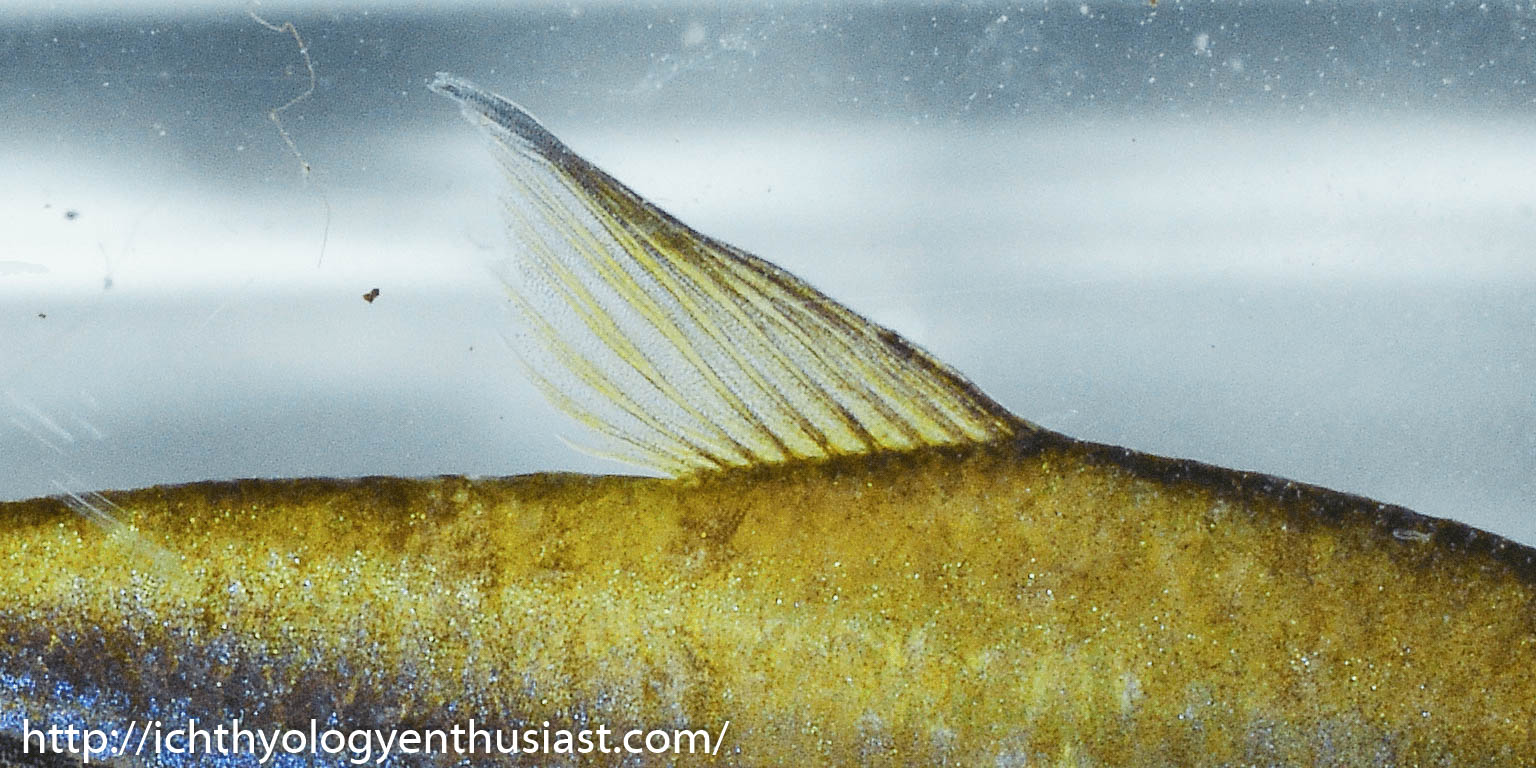
Taxonomic History
Tn order for Carl H. Eigenmann to scientifically describe the emperor tetra, he first needed to erect a proper genus for it to go into. This genus ended up being named Nematobrycon. Nemato means thread and references the three-pronged caudal fin of which there are only two species assigned to this genus. Brycon means ‘to bite’ and this is a reference to its toothed mouth. In this same year, 1911, he would then describe Nematobrycon palmeri, after Mervyn George Palmer, a naturalist who collected specimens for the British Museum.

Citation:
Christopher Scharpf & Kenneth J. Lazara (22 September 2018). “Order CHARACIFORMES: Family CHARACIDAE: Subfamily STETHAPRIONINAE (h-t)”. The ETYFish Project Fish Name Etymology Database. Christopher Scharpf and Kenneth J. Lazara. Retrieved 25 September 2021.
